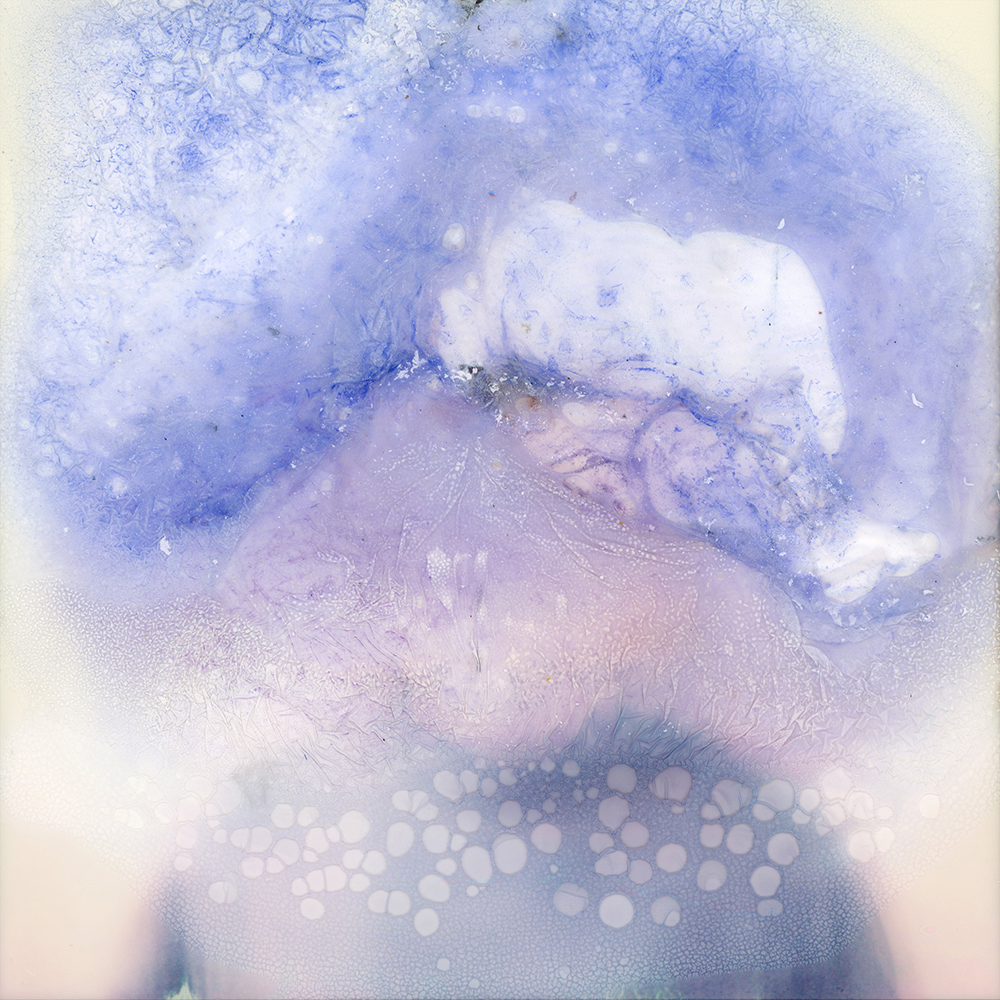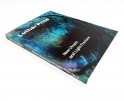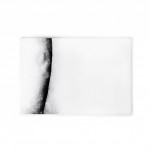The Human Experience Through Alternative Processes: Dora Kontha
“One way or another, we all have to find what best fosters the flowering of our humanity in this contemporary life, and dedicate ourselves to that.” – Joseph Campbell
An idea I have constantly grappled with is the idea of humanity. How is it each human being experiences similar events yet each of us is entirely unique? Due to my curiosity about how others perceive this question, I have interviewed artists that use particular photographic processes to dissect the idea of what it means to be human.
When we think of humanity we consider who we are and the places we inhabit. In Dora Kontha’s work, Soulscapes, humanity takes on ethereal definition using emotions, dreams, and memory as a base for the work.
Dora Kontha (b.1987) is a photographic artist based in Copenhagen, Denmark. Her work focuses on inner and outer landscapes involving various analogue processes and experimental techniques. While investigating the artistic and technical possibilities of film photography, her photographs evolve towards inner journeys, the visual translation of emotions and abstract representation of actual places. Dora’s work has been exhibited in museums and galleries and featured in international publications.
Follow Dora Kontha on Instagram: @dorakontha
Soulscapes
I use my photographs as canvases for creating imaginative universes, where personal memories, feelings and actual places merge. These inner landscapes are originating in escapism, a feeling of longing for illusive places and the eagerness of discovering otherworldly sceneries. The abstract compositions are layered by various outer landscapes and everyday life moments, but due to the distorted procedure, they are no longer related to a specific time and space. Through these internal illusions, impossible colors and places open up, where it’s difficult to distinguish reality from dream, virtual from tangible environments. -Dora Kontha
Kassandra Eller: How did your photographic journey start?
Dora Kontha: Many years ago, I discovered my grandma’s old Praktica and I became fascinated with it. The look of the traditional film camera, the process of developing film, the excitement to see a freshly developed negative and the sentimental look of the photographs mesmerized me. I carried the Praktica literally everywhere with me and I captured my surroundings and my journeys. For some reason, I have always been drawn to remote, dramatic, and wild landscapes, so one part of my work focuses on rough, wide-open spaces and the form of unreal nature. Experimentation has played a part in it too and I slowly started developing series about inner landscapes as well.
KE: Is there anything or anyone who inspires you?
DK: Mountains, emotions, the sea, music, glaciers, poems, remote places and the people I love.
KE: How did you discover alternative process photography?
DK: It happened in an organic way, with the desire to create something new and unusual. I like to think that possibilities are endless, and experimentation is exactly about that. Thoughts and feelings can be expressed in so many ways and I am interested in trying out things and combinations until I reach the visual aftermath I set out to. The process is inspiring and sidetracks with surprises and mistakes make it even more exciting.
KE: Speaking of mistakes, how do you handle those unexpected outcomes when using alternative processes? Are there times when an error turns into a piece?
DK: Chance plays a big role in experimentation and trials and errors path the way to the photograph outcome. Mistakes are a vital part of the process and over the years I have learnt to accept and incorporate them into my work. For me, it is captivating to experiment with alternative techniques, new visual methods and it is natural that not everything turns out the way I expected. I am completely fine with that and these errors make the work pure, honest and raw.
KE: Alternative process photography allows the artist’s hand to be present in the work. For this project why did you choose this alternative process method and how does your interaction in creating the images affect the meaning of the work?
DK: The photographs in Soulscapes were inspired by my grandmother’s condition who suffers from dementia, an irreversible neurodegenerative disease. In Soulscapes, I explored how fragile reality is, how memory is constantly changing over time and how reminiscence and missing details complement each other, creating a new reality. To visually reflect on these topics, I injected different materials and fluids between the layers of polaroid photographs and captured as human traits were slowly replaced by colours and shapes and the person seen in the picture gradually became more and more like an abstraction. The final, multi-layered work is a reflection of distant memories and ever-changing emotions.
KE: Each image encompasses many layers to create the final piece. How did you formulate these compositions?
DK: The photographs of Soulscapes are originated in portraits or actual places and the compositions were heavily formed by my manual interventions and various other external factors. Working with these images was a relatively long process with a lot of waiting time to get the photographs dry before being able to work with them again. Polaroids are remarkably sensitive to their environment and it made the process challenging.
KE: In many of your photos, the subject is concealed in some manner. Would you discuss the importance of obscuring figures in your work?
DK: Faces and other personal features play a less important role in my photographs. My focus is on evoking feelings.
KE: Humanity encompasses a vast array of emotions, actions, ideas, and thoughts. How would you describe your work in terms of the human experience?
DK: Sensitive, dreamy, longing, and introspective.
KE: In your statement, you discuss ideas of escapism and creating images that merge reality and dreams. Are these works based on your dreams?
DK: The origin, the narrative and the visual representation of dreams is a subject that has been a great interest to me, furthermore, I also like to explore where the intersection lies between realities and dreams, where the imaginable and the tangible tangents cross. This is a point where concrete objects, specific times and actual places start to merge with unexpected colours, blurry shapes, distant memories and soft feelings. In my ongoing Escapism series, my attempt is to capture that specific spot as well as express my longing for illusive places and otherworldly sceneries through photographs.
KE: To conclude I would like to ask what is next for you. Is there anything you are currently working on?
DK: Over the last year I have been working on my first photo book Dreamscapes, which will be published in November. It displays an inner and outer journey through carefully selected photographs, presenting both my landscape and experimental work. Shaping the book was challenging and rewarding at the same time and I spent a great deal of time choosing the concept, image, layout, paper types and all the small but important details. Dreamscapes is very special to me, I feel grateful and immensely excited as the date of publishing approaches.
Posts on Lenscratch may not be reproduced without the permission of the Lenscratch staff and the photographer.
Recommended
-
Earth Month: Photographers on Photographers, Dennis DeHart in conversation with Laura PlagemanApril 16th, 2024
-
Luther Price: New Utopia and Light Fracture Presented by VSW PressApril 7th, 2024
-
Artists of Türkiye: Eren SulamaciMarch 27th, 2024
-
European Week: Sayuri IchidaMarch 8th, 2024
-
European Week: Jaume LlorensMarch 7th, 2024









































































